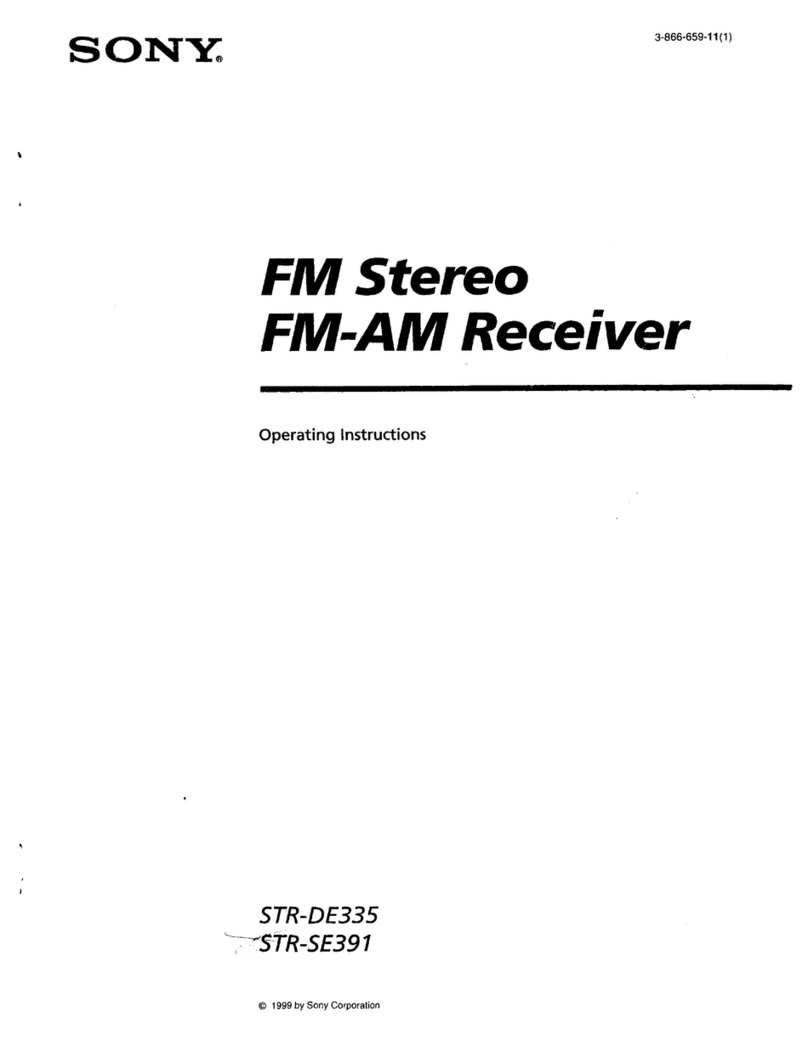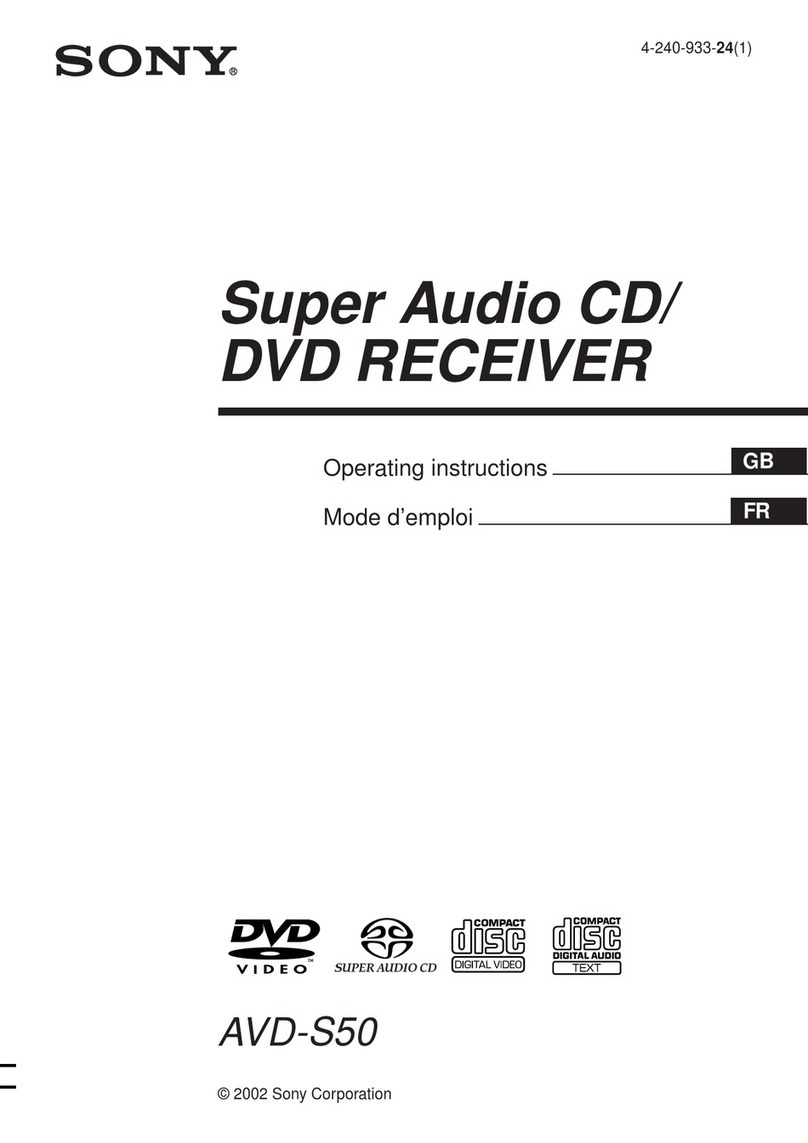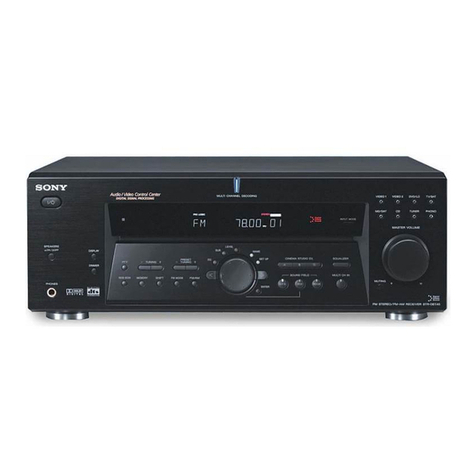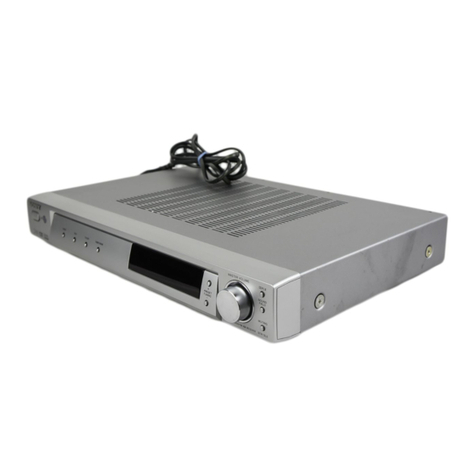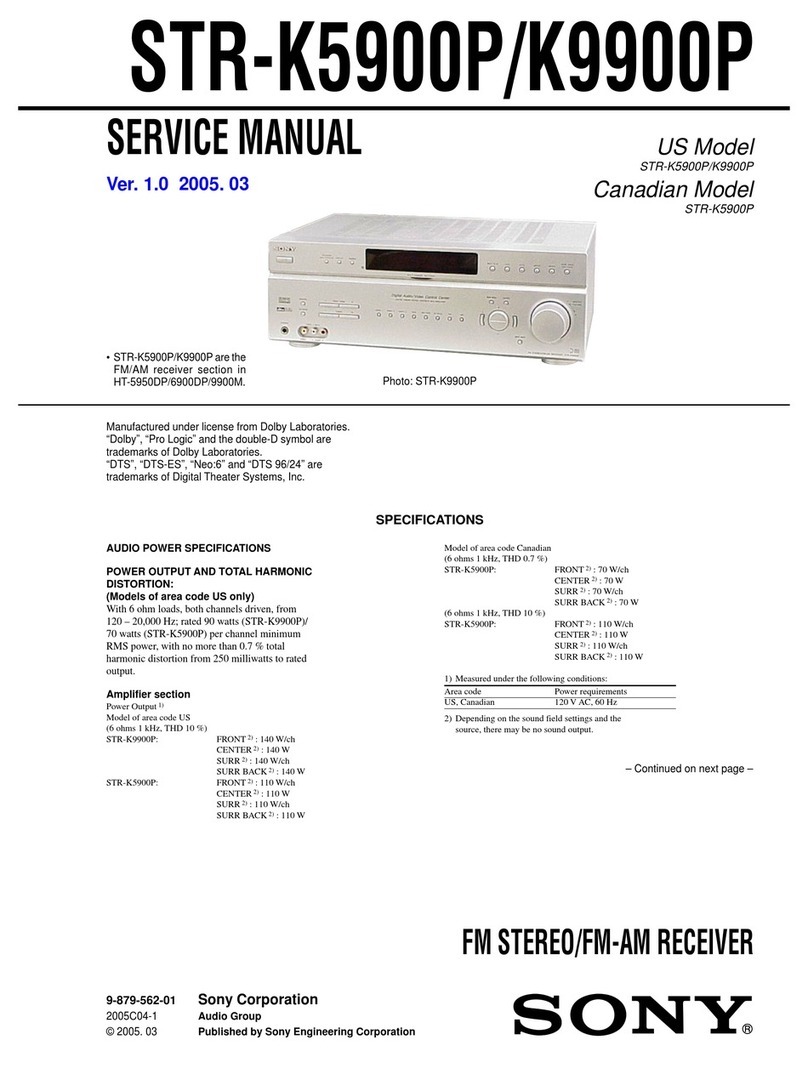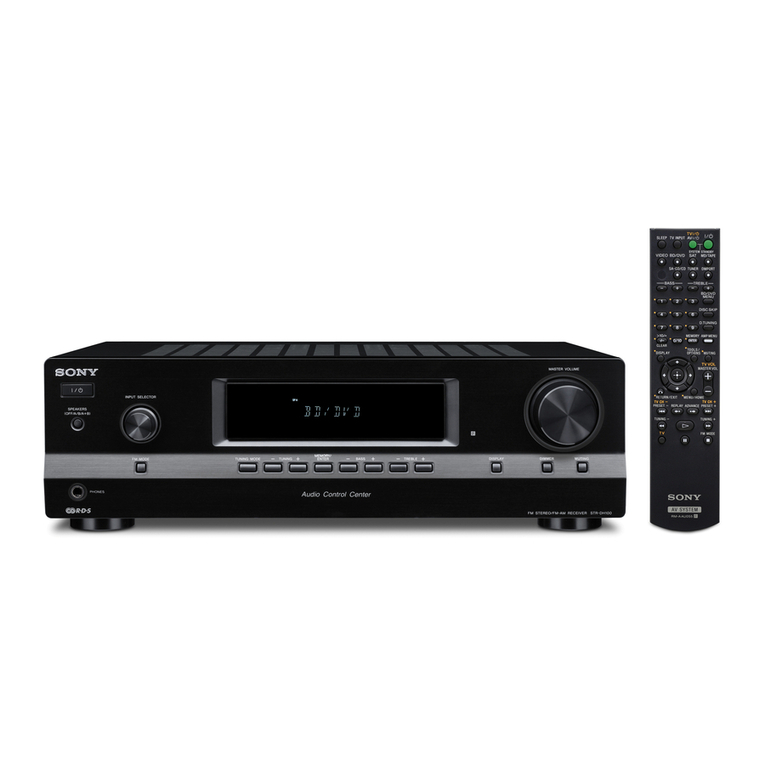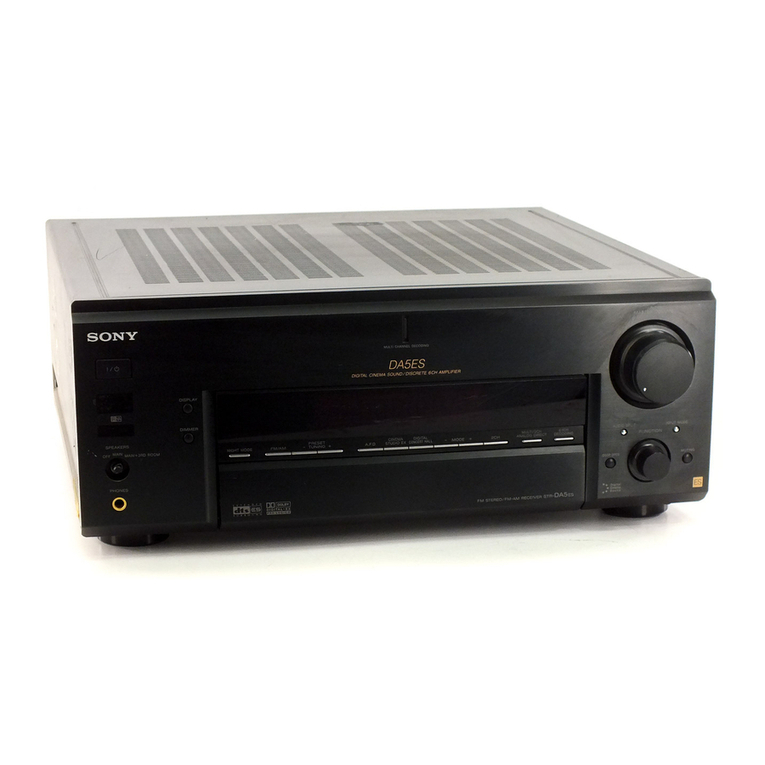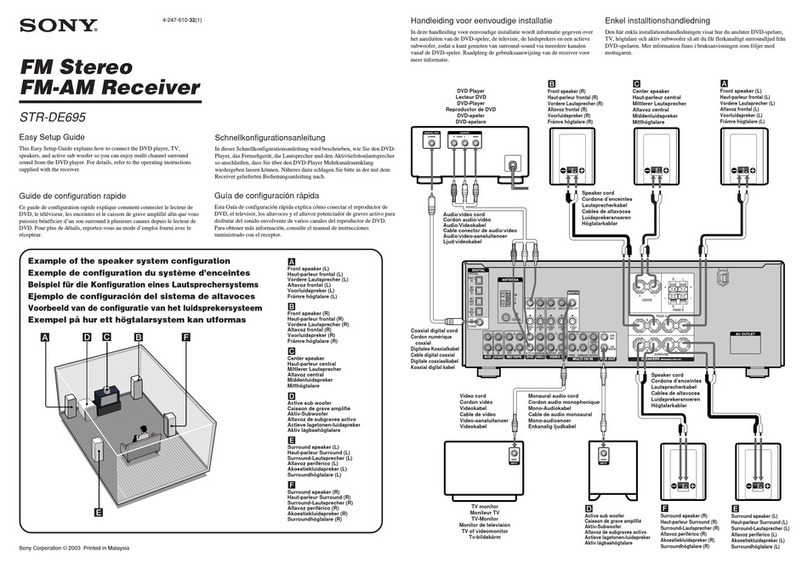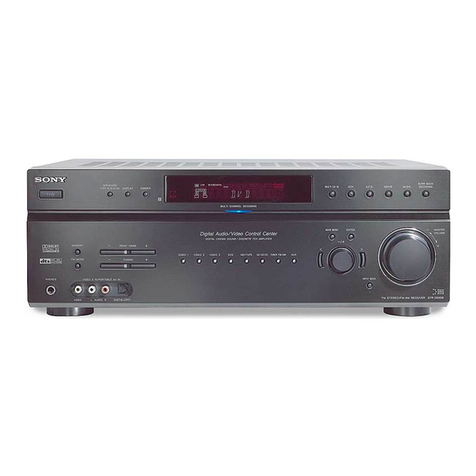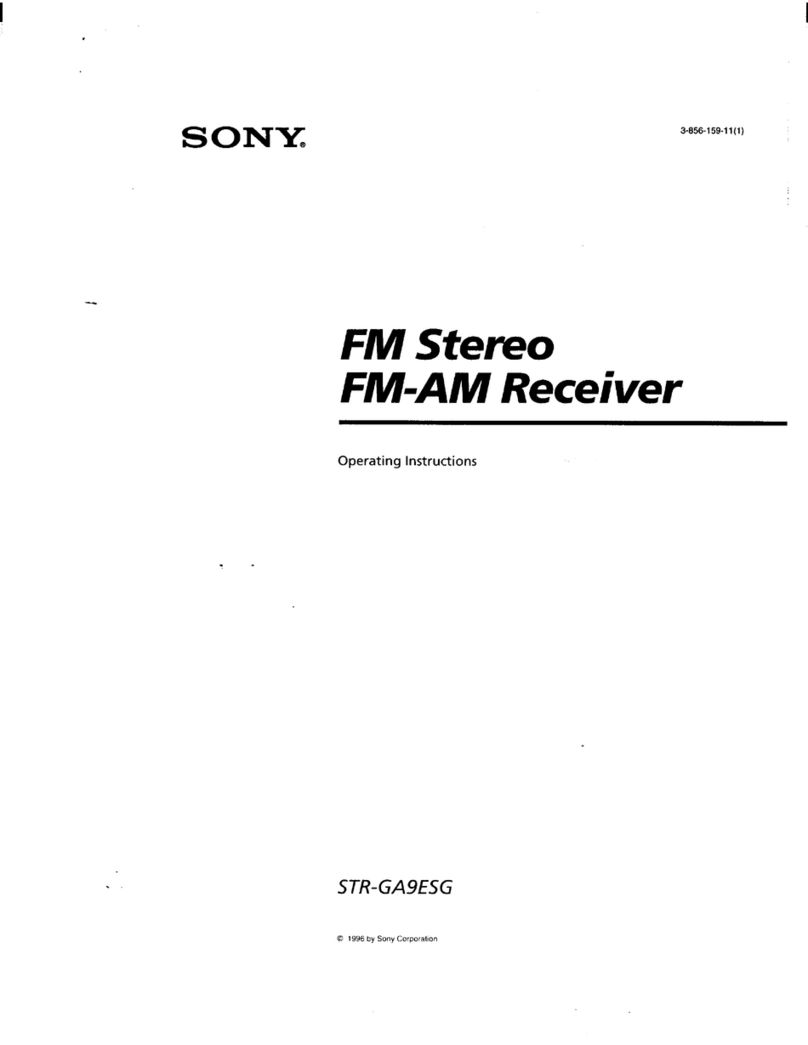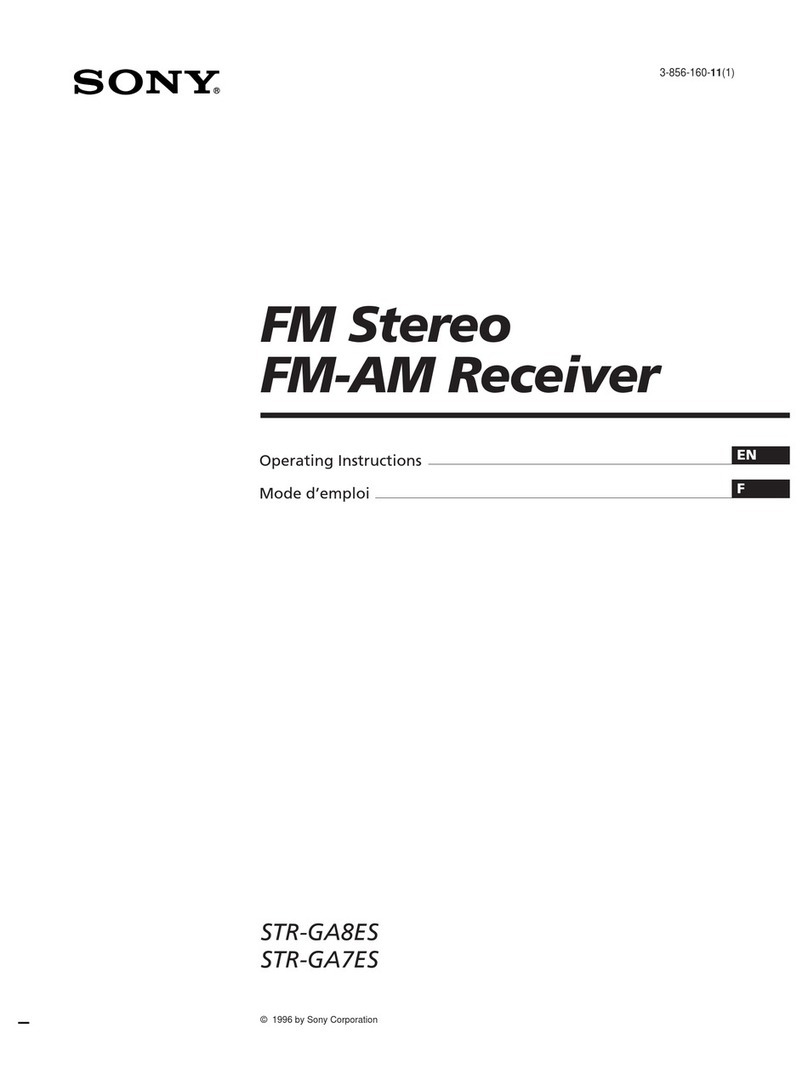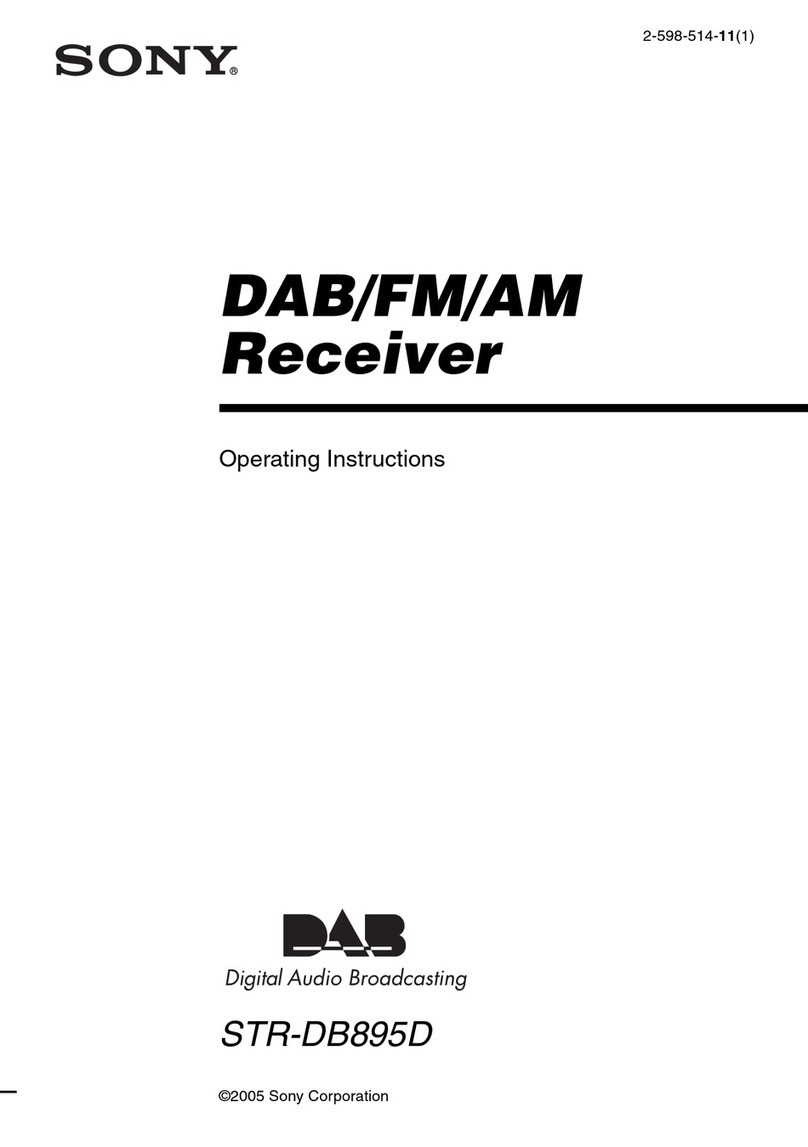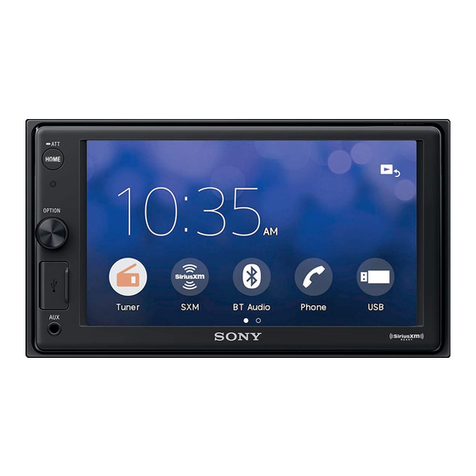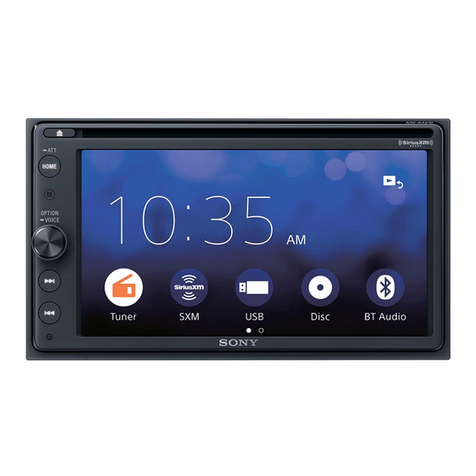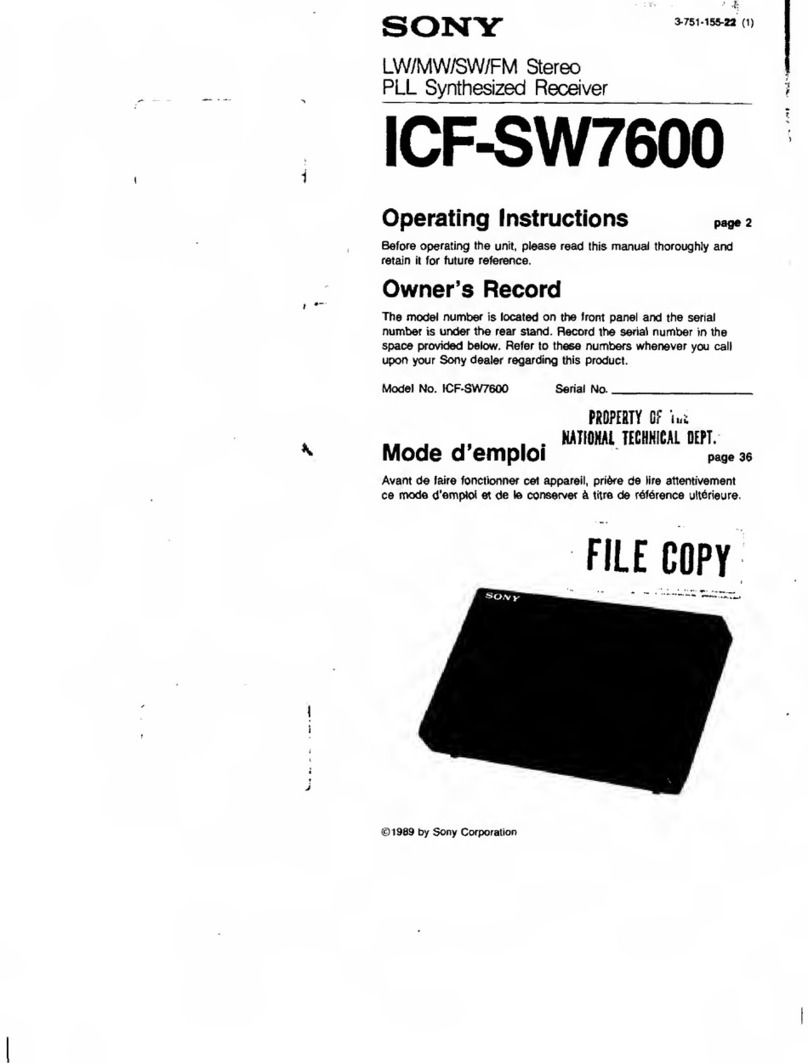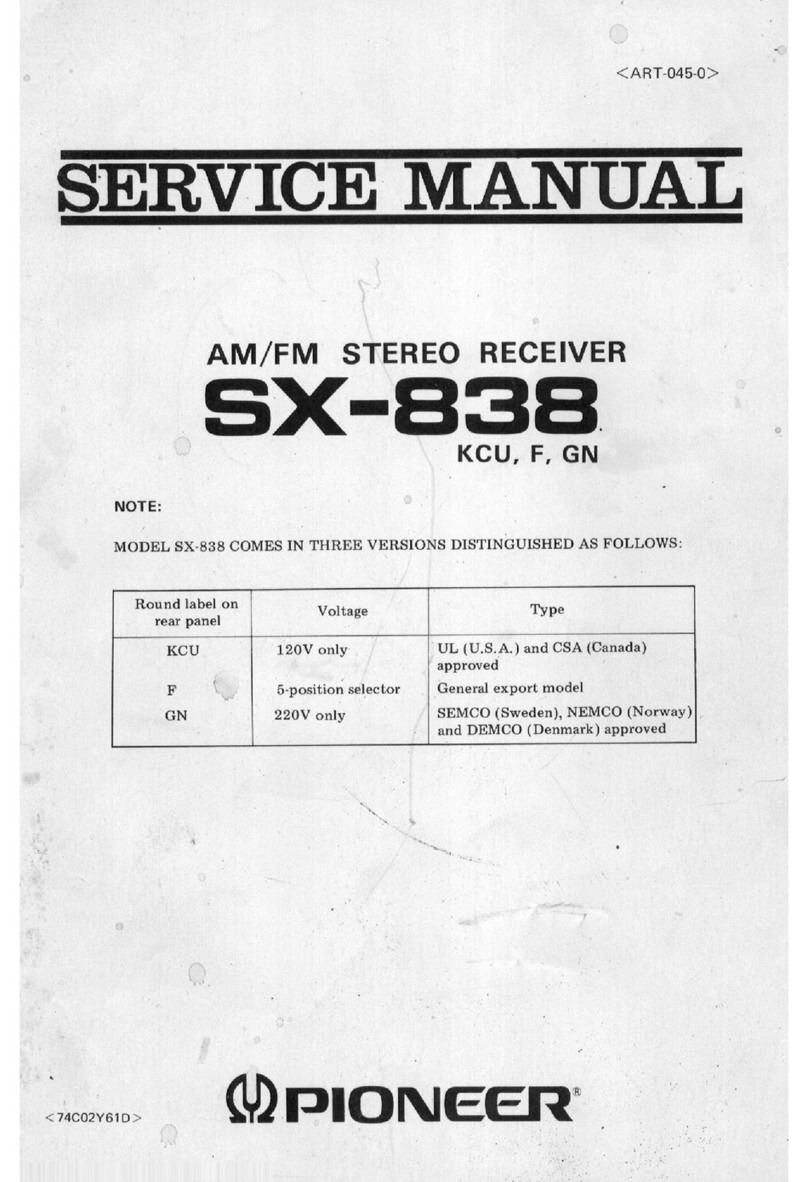
STR-DB900
2
Unleaded solder
Boards requiring use of unleaded solder are printed with the lead-
free mark (LF) indicating the solder contains no lead.
(Caution: Some printed circuit boards may not come printed with
the lead free mark due to their particular size.)
: LEAD FREE MARK
Unleaded solder has the following characteristics.
•Unleaded solder melts at a temperature about 40°C higher than
ordinary solder.
Ordinary soldering irons can be used but the iron tip has to be
applied to the solder joint for a slightly longer time.
Soldering irons using a temperature regulator should be set to
about 350°C.
Caution: The printed pattern (copper foil) may peel away if the
heated tip is applied for too long, so be careful!
SAFETY-RELATED COMPONENT WARNING!!
COMPONENTS IDENTIFIED BY MARK 0OR DOTTED LINE
WITH MARK 0ON THE SCHEMATIC DIAGRAMS AND IN THE
PARTS LIST ARE CRITICAL TO SAFE OPERATION. REPLACE
THESE COMPONENTSWITH SONY PARTSWHOSE PART NUM-
BERS APPEAR AS SHOWN IN THIS MANUAL OR IN SUPPLE-
MENTS PUBLISHED BY SONY.
•Strong viscosity
Unleaded solder is more viscous (sticky, less prone to flow)
than ordinary solder so use caution not to let solder bridges
occur such as on IC pins, etc.
•Usable with ordinary solder
It is best to use only unleaded solder but unleaded solder may
also be added to ordinary solder.
Notes on chip component replacement
•Never reuse a disconnected chip component.
•Notice that the minus side of a tantalum capacitor may be dam-
aged by heat.
TABLE OF CONTENTS
1. SERVICING NOTES
1-1. AMP Board, DIGITAL Board Service Position .............. 3
1-2. Note on Checking AMP Board or DIGITAL Board
While Turning on Electricity ........................................... 3
1-3. Note on AMP Board Removal......................................... 4
1-4. Note on Heat Sink Installation ........................................ 4
1-5. Note on Checking POWER Board While Turning on
Electricity 1 ..................................................................... 5
1-6. Note on Checking POWER Board While Turning on
Electricity 2 ..................................................................... 5
2. GENERAL ................................................................... 6
3. TEST MODE ............................................................... 7
4. DIAGRAMS
4-1. Block Diagram — INPUT/TUNER Section — ............. 13
4-2. Block Diagram — AUDIO DSP Section —................... 14
4-3. Block Diagram — DAMP Section — ............................ 15
4-4. Block Diagram — DISPLAY Section — ....................... 16
4-5. Schematic Diagram — DIGITAL Section (1/3) —........ 17
4-6. Schematic Diagram — DIGITAL Section (2/3) —........ 18
4-7. Schematic Diagram — DIGITAL Section (3/3) —........ 19
4-8. Printed Wiring Board — DIGITAL Board (Side A) —.. 20
4-9. Printed Wiring Board — DIGITAL Board (Side B) —.. 21
4-10. Printed Wiring Board — AMP Board (Side A) — ......... 22
4-11. Printed Wiring Board — AMP Board (Side B) — ......... 23
4-12. Schematic Diagram — AMP Board (1/4) — ................. 24
4-13. Schematic Diagram — AMP Board (2/4) — ................. 25
4-14. Schematic Diagram — AMP Board (3/4) — ................. 26
4-14. Schematic Diagram — AMP Board (4/4) — ................. 27
4-15. Printed Wiring Board
— VIDEO, ANALOG IN Board — ................................ 28
4-16. Schematic Diagram
— VIDEO, ANALOG IN Board — ................................ 29
4-17. Printed Wiring Board — DISPLAY Section — ............. 30
4-18. Schematic Diagram — DISPLAY Section — ................ 31
4-19. Printed Wiring Board — POWER Section — ................ 32
4-20. Schematic Diagram — POWER Section — .................. 33
5. EXPLODEDVIEWS
5-1. Case Section .................................................................... 43
5-2. Front Panel Section ......................................................... 44
5-3. Chassis Section................................................................ 45
6. ELECTRICAL PARTS LIST .................................. 46
